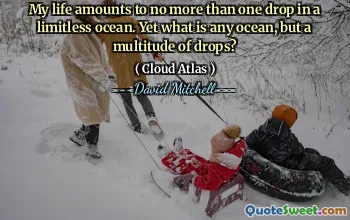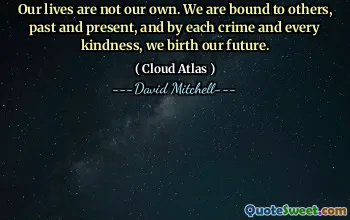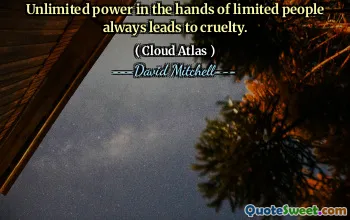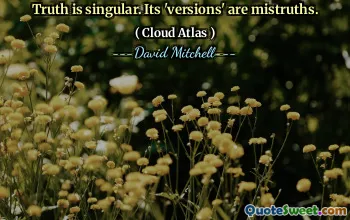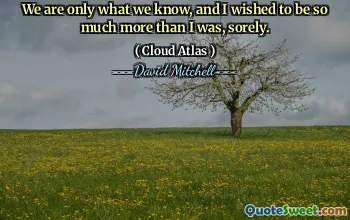Fear was the most important sowing of the year, overflowing with fruit trees instead of apples and peaches, and the bees collected it instead of honey. From the surface of the shallow water of the rice, a thick fear was erupting, and in the saffron field fear like a twisted storm suffocated the delicate plants. Fear clogged the rivers like a water hyacinth, and on the high pastures, sheep and goats were dying for no apparent reason. The work was difficult for both actors and chefs. The horror of the living goods as a plague.
The narrative conveys the pervasive and overwhelming presence of fear that dominates the lives of both nature and humanity. Instead of the usual bounties of fruit and honey, fear has taken root, manifesting in various environments—from rice fields to saffron fields—creating a sense of distress that suffocates life. This fear not only affects crops but also disrupts the natural order, as livestock suffer and die mysteriously, illustrating a chilling connection between the emotional state of the world and its physical repercussions.
This atmosphere of dread complicates everyday tasks, rendering work difficult for both actors and chefs who are likely representative of the larger community. The imagery of fear as a plague highlights how deeply it has infected the society, transforming the richness of life into a hollow experience. Rushdie crafts a world where fear has become the primary harvest, overshadowing hope and vitality, leading to an ecological and existential crisis that resonates deeply in the narrative.
